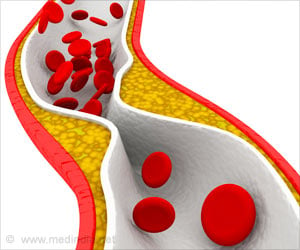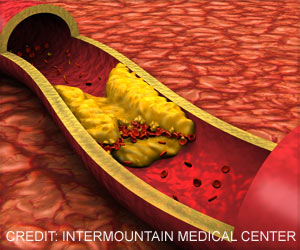A new report says that despite recent advances in the treatment of heart rhythm disturbances, mortality and morbidity rates associated withy atrial fibrillation (AF) remain unacceptably high .

According to the report, improvements in the management of AF can be achieved by several synergistic steps: the detection and better management of risk factors, good clinical use of new antithrombotic therapies, early detection of any new arrhythmia, and timely rhythm control treatment.
Identifying risk factorsThe report lists the validated risk factors for AF as age, male gender, hypertension, valve disease, heart failure, diabetes, coronary artery disease and genetic factors. While age is one of the key risk factors for AF, genetic factors play a major role when AF occurs at young ages. Similarly, while male gender is strongly associated with "incident" AF, female gender is a risk factor for stroke in patients with established AF.
However, less validated and emerging risk factors have also been found in obesity, height (with relative risk rising markedly with 10 cm increments in height), sleep apnoea, excessive alcohol consumption, excessive endurance sports, smoking and chronic obstructive lung disease, and kidney disease.
The report recommends that analysis of several cardiac biomarkers - particularly natriuretic peptides - can help refine the assessment of AF risk. With genetic factors most closely associated with AF in the young, genetic biomarkers - indicative of genetically derived cardiomyopathies - may also help assess AF risk.
However, many of the determinants of AF risk remain "elusive", and the report highlights "a clear and unmet need to identify and characterize factors associated with progression of AF".
Advertisement
Vitamin K antagonists (such as warfarin), which reduce blood clotting, are traditional treatments, but their use is limited by food interactions, bleeding and monitoring. Newer anticoagulants, such as dabigatran, rivaroxaban, apixaban or edoxaban, may overcome some of these difficulties. They are highly effective in clinical trials, but their everyday use has not been tested. The report welcomes the introduction of these new therapies, but calls for more information about them, and for careful monitoring of their efficacy in clinical practice.
Advertisement
While accepting that "continuous oral anticoagulation is the cornerstone of stroke preventing in AF patients", the report notes that "even on optimal anticoagulant therapy in controlled trials, the residual stroke rate in AF patients remains unacceptably high at approximately 1.5% per year".
Professor Paulus Kirchhof from the University Hospital Münster in Germany and one of the organisers of Europace 2011 says: "The management of atrial fibrillation is undergoing remarkable changes - new antithrombotic drugs, catheter ablation and new insights into its mechanism. Our consensus report provides initial guidance in the good use of these new - and at times costly - therapeutic options."
Source-Eurekalert









